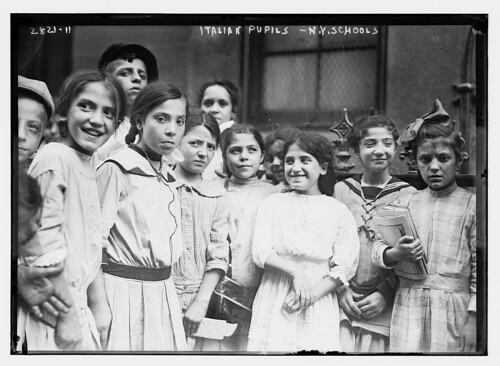I did a great job in Miss Schlosser's class
/You hold on to the pencil from your 6th grade teacher, the one she gave to everyone as a memento of your year in homeroom 6A where she hung curtains on the bookshelves to make the cinderblock room look more homey. "I DID A GREAT JOB IN MISS SCHLOSSER'S CLASS" it reads in gold letters on one thin panel of this wooden implement painted red. Because she loved you all so much, because she told you all how she prayed for each of you three minutes a piece one night, you all sort of believed it. You did a great job. Why would she have given you all this pencil if it had not been so? She lost her mother that year. You broke the obelisk on her desk that year. She prayed for you and hung curtains and gave you a pencil. You hold on to the pencil and decide not to sharpen it right away because it's a bit of a novelty item and there are plenty of other pedestrian pencils and erasable pens to jot down your rising 7th grade thoughts about sleepovers and boys whose voices jump whole octaves overnight. The eraser you use; it's a decent eraser and you make a lot of mistakes over the next few years, trusting too much in the correctness and permanence of the story you are writing. You pack the pencil from your 6th grade teacher into a wad of other writing instruments, rubberbanded and ported from dorm to apartment to condo to house, and every so often you consider how long that pencil has held up. Like so few other things that shine with their original glory, the message is unmarred and unmistakable. It is only once you become a teacher that you understand the point of view of that message in gold letters. The pencil is not, as it appears to an egoistic middle schooler, a brag flag to wave. No one cares whether one did a great or superlatively poor job in sixth grade, it turns out. Pencils, after all, are chosen by the user. Pencils are the tool of the essay writer, the math test-taker, the form filler-outer. The pencil does not guide you; you guide the pencil. More and more and more and more, the pencil obeys. As you file bills or rifle through a drawer of receipts, you look up to see a streak of red peaking from the back of your desk, and occasionally it touches you but sometimes it floods you--that you were loved enough and affirmed in gold letters once upon a time. You did a great job. In a room where books were hemmed in by curtains. By a teacher whose name you will not forget.



![[African American school children entering the Mary E. Branch School at S. Main Street and Griffin Boulevard, Farmville, Prince Edward County, Virginia] (LOC)](https://farm3.staticflickr.com/2948/15356487161_c85e8a2eff.jpg)




